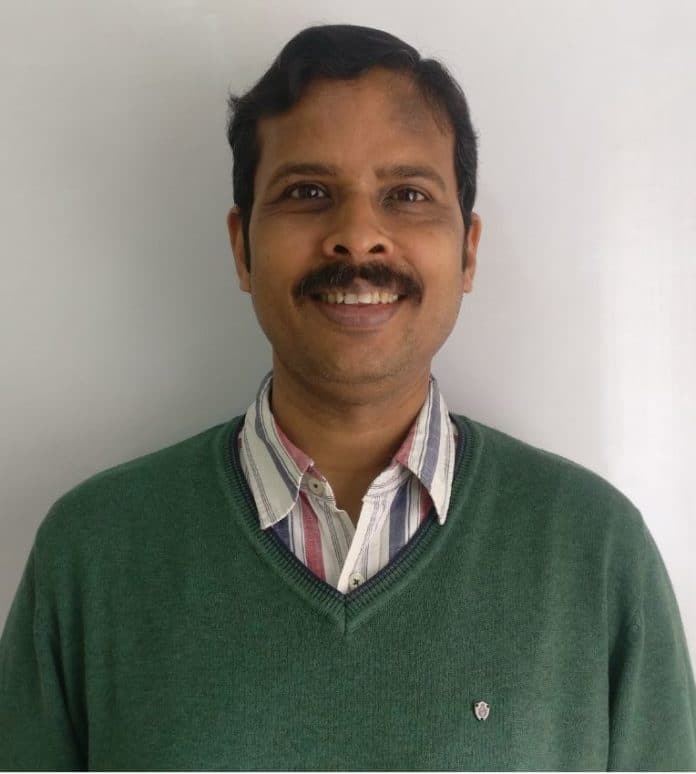Given its complex and vast landscape, it would be difficult to bring out a common set of standards for the Internet of Things (IoT), says Ajatashatru Singh, co-founder of LivNSense Pvt Ltd.
LivNSense Pvt Ltd. is an IoT creator and enabler serving Industry 4.0 with its consulting, designing and end-end implementation services. Incubated in 2018, the Bangalore-based company builds next generation digital solutions led by Industry 4.0 for multiple verticals like Manufacturing, Industrial, Transportation, Automotive Energy and Utilities.

“IoT landscape is very vast in nature. It comprises industrial, energy, agriculture, healthcare, supply chain, automotive, smart city and many more. So, it would be difficult to create a unified standard for the industry as a whole,” Singh told EFY bureau.
He also acknowledges that security is going to be a key threat as far as IoT is concerned due to lack of industry-accepted standards.
He explained, “Though IoT security frameworks exist, there is no single agreed-upon framework. Large companies and industry organizations may have their own specific standards, but certain segments, such as industrial IoT, have proprietary, incompatible standards. Due to varied nature of standards, not only it becomes difficult to secure systems, but also to ensure interoperability between them.”
Further he pointed out that the convergence of IT and operational technology (OT) networks has created a lot of challenges for security teams, especially those tasked with protecting systems and ensuring end-to-end security.
When asked what is needed to accelerate the adoption of IoT across the globe, he replied, “IT teams need to scale up with the right skill-sets in IoT security. In addition, there is a need for multidimensional collaboration across industries and markets to bring out specific standard in stages.”
Talking to EFY bureau, he also shares his views on the current/emerging technology trends and the challenges facing the Internet of Things (IoT) world.
Top 3 technologies that will shape the future of IoT
The three technologies that will influence the future of IoT, according to Singh, are Artificial Intelligence (AI), Software as a service (SaaS) and Blockchain.
Singh told EFY bureau –
Larger implementation of AI will be seen in automotive/ healthcare/retail/supply chain for improving real-time event processing and post-event processing. It will also help in better predictive analytics/prescriptive analytics/adaptive and continuous analytics.
We will see wide spread adoption of Software as a service (SaaS) by enterprises due to competitive cost advantage.
As more and more devices are going to get connected and start communicating with each other, Blockchain would help in minimizing the security and business risks with technological change through robust security standard.
NB-IOT vs LPWAN – which is the better option?
Singh explained that LPWANs are best suited for low power requirements, longer ranges and lower costs than traditional mobile networks applications requiring less frequent message delivery of smaller payload.
LPWANs are commonly used in applications including smart metering, smart lighting, asset monitoring and tracking, smart cities, precision agriculture, livestock monitoring, energy management, manufacturing, and industrial IoT deployments.
“Narrowband-IoT (NB-IoT), being part of cellular infrastructure, will allow service providers to quickly add cellular IoT connectivity to their service portfolios. This area is still at a relatively nascent stage, larger scale deployment is going to happen in the next three-five years across the globe,” he said.
India’s tech eco-system and the current state of IoT
Singh believes that India has a strong eco-system in industrial and consumer space.
As per NASSCOM, IoT enabled devices are expected to hit 3 Billion by 2020, with business value reaching $ 15 Billion. This emerging opportunity has influenced global players to build their development center in India, he said.
Singh continued, “There has been large scale development of IPs/solutions by IoT startups in India. In the last few years, many state governments have started encouraging startups to develop own IPs to create their own brand values.”
Role of Open Source in IOT
Singh is of the opinion that open source will play a big role in IoT in terms of developing quick solutions for connecting different ranges of devices by reducing longer development cycle time.
To succeed in business, Singh suggested that enterprises should follow a mix-and-match approach by making use of both proprietary and open source models.
Technologies that would drive the evolution of IoT solutions
“Artificial Intelligence (AI) and Machine Learning (ML) have the ability to identify patterns and detect anomalies from the data generated by smart sensors and IoT devices. This results in more accurate prediction compared to standard tools,” Singh asserted.
“These technologies would help strengthen predictive and prescriptive analysis, which would in turn improve business performance and operational efficiency by preventing unplanned down time and predicting breakdown in advance,” he added.
Sharing his thoughts on where to go edge versus where to go cloud, Singh stated, “Edge is going to play a significant role in future. The volume of data generated from each device will be enormous and may need polishing to derive meaningful content before pushing to cloud and help faster response as data is available at the Edge Device. Otherwise cost of cloud infra and data centers could impact on ROI [Return of Investment].










